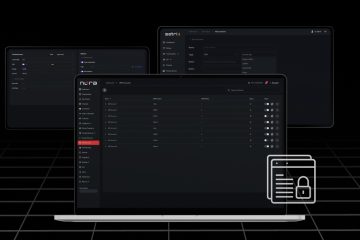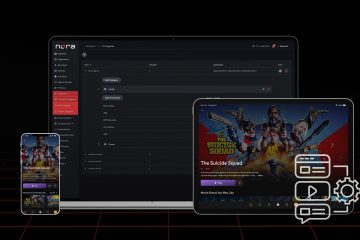One of the first and perhaps most important decisions to make when launching an OTT platform is choosing a monetization strategy. With multiple monetization models available today – ad-supported, subscription-based, or transactional/pay-per-view – understanding which model is the right fit will help drive your content strategy as well as your overall business plan.
The monetization of viewing ‘eyeballs’ and attention is available via several revenue models. Below is a quick primer on the primary options:
- AVOD (Advertising video on demand) — Video content is free of charge but includes the insertion of ads either surrounding or within each piece of content.
- SVOD (Subscription video on demand) — Consumers pay for a monthly subscription and watch videos without ad insertion.
- TVOD (Transactional video on demand) and PPV (Pay-per-view) — Consumers purchase one single unit of content at their selection, with the purchase price being ‘paid’ at the time of selection.
If your content is focused on filmed entertainment (TV series, movies, documentaries, etc.), an AVOD or SVOD model may be a good fit. If your content is focused on events such as sports (football, UFC, boxing, etc.) or events (concerts, comedic performances, educational seminars, etc.), both of which have a ‘live’ and singular consumer value proposition associated with them, a TVOD model may be your best option.
The Monetization Conundrum
Most OTT platforms have been built to allow for only one approach, dictating the type of content that can be offered and how it is monetized. However, the need for flexibility is key – as it offers brands and publishers options on implementing a content strategy that delivers the best engagement and experience for the consumer, and if implemented correctly, the highest revenue potential for the platform.
That said, platforms should consider the flexibility of a hybrid monetization model. Giving consumers the freedom of a tiered pricing model and letting them decide if they want to commit to a subscription is one of the best ways to attract subscribers. For example, you can give viewers the choice of a premium subscription fee with no ads, a lower subscription fee with limited ads, or a free plan with a full ad-supported experience. Another example is offering premium content via a subscription model (SVOD), offering less popular and older content via an ad-supported model (AVOD), and offering exclusive, event-based, and live content via a TVOD/PPV model.
The Hybrid OTT Business Model
Setplex has built a flexible monetization platform that allows publishers to support multiple monetization schemes within a single portal. This enables publishers and streaming services to reach a wider audience and benefit from multiple streams of income.
Take Hulu for example. Hulu currently offers a hybrid AVOD and SVOD model, allowing viewers to start with a free trial, then choose an ad-supported plan for $6.99/month or an upgraded plan without ads for $12.99/month.
YouTube and Peacock also support hybrid models by offering TVOD monetization at the same time as AVOD monetization. With TVOD, these publishers can add live events (PPV content) at any time. They can also bundle live channels or build a custom list of channels that their subscribers care about.
Blending SVOD with TVOD is also popular. Disney+, for example, charges a fixed price per month but also offers TVOD access to new films that are still in theaters. ESPN+ supports the same hybrid SVOD and TVOD model and allows subscribers to purchase live sporting events for an additional cost.
Setplex offers a microservice-oriented architecture, flexible monetization framework, and front-end customization to support any or all of the monetization models mentioned above, as well as the ability to promote new content.
Other Considerations to Maximize Monetization
- Promote a one-week free trial to attract new viewers.
- Consistently add new content to keep subscribers engaged and reduce churn.
- Provide a dynamic user interface. An effective CDN service offloads traffic from content servers and helps improve the overall web experience. With lower latency and core traffic, users will have a much more fulfilling OTT experience.
- Offer exceptional customer support. Setplex provides 24/7 multilingual customer support to ensure viewers remain satisfied with the service.
- Build an OTT app. Make sure your content can be streamed from anywhere, on any device.
Interested in learning more? Contact Setplex.



2 Comments
Dina · December 25, 2022 at 1:49 pm
Great article!
The demand for hybrid monetization is rising, but I still vote for avod
Andrew · December 25, 2022 at 2:45 pm
Thanks for the article
I am exploring the hybrid ott monetization model